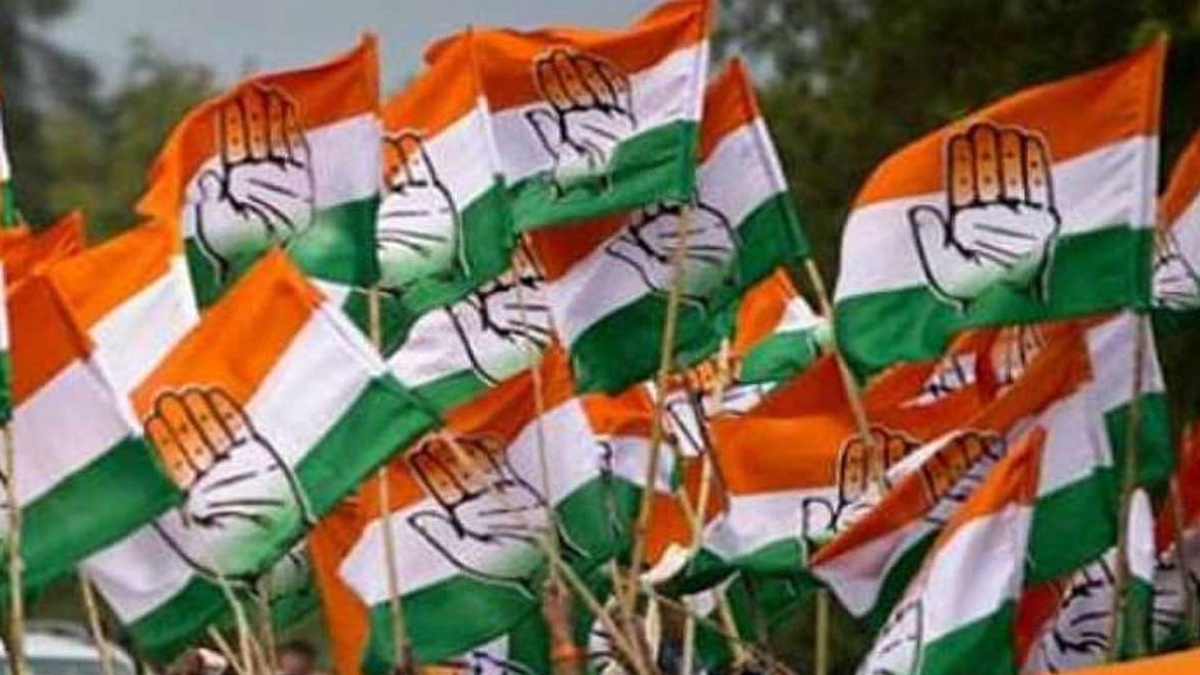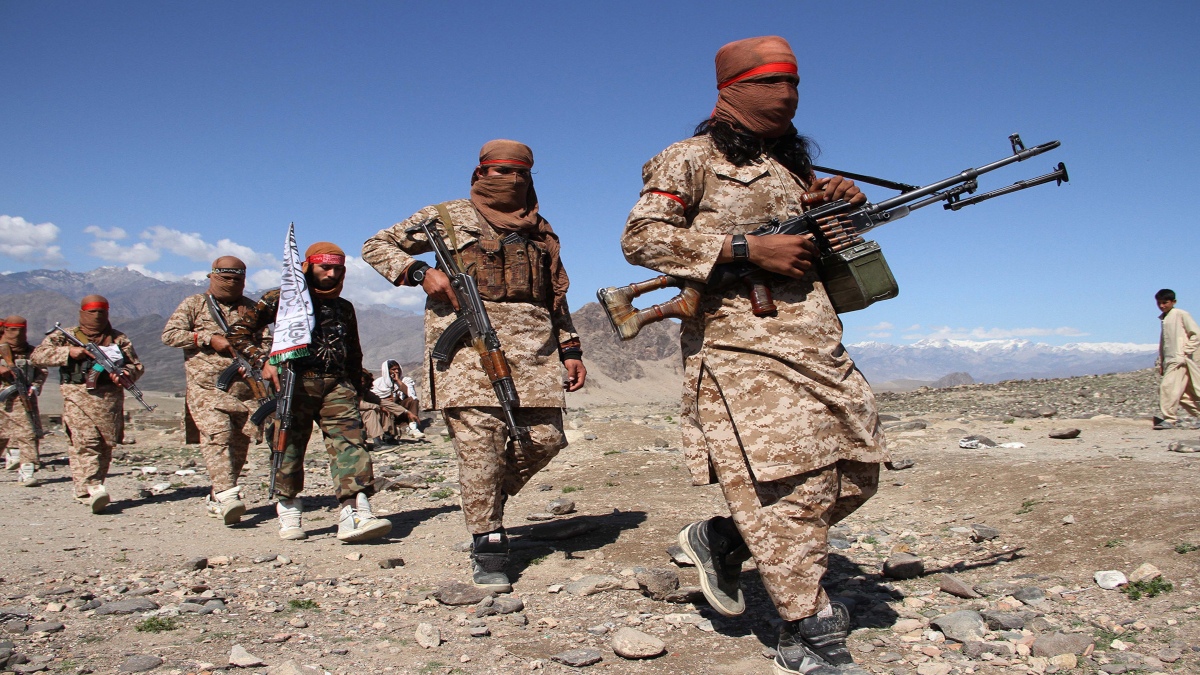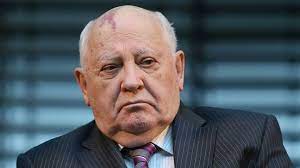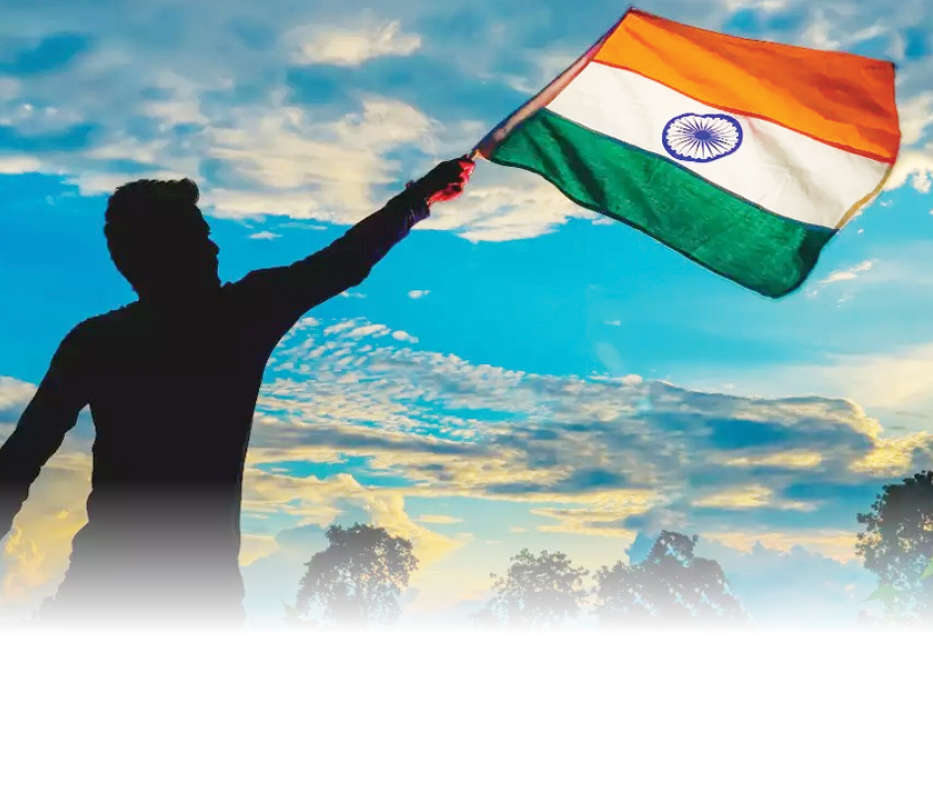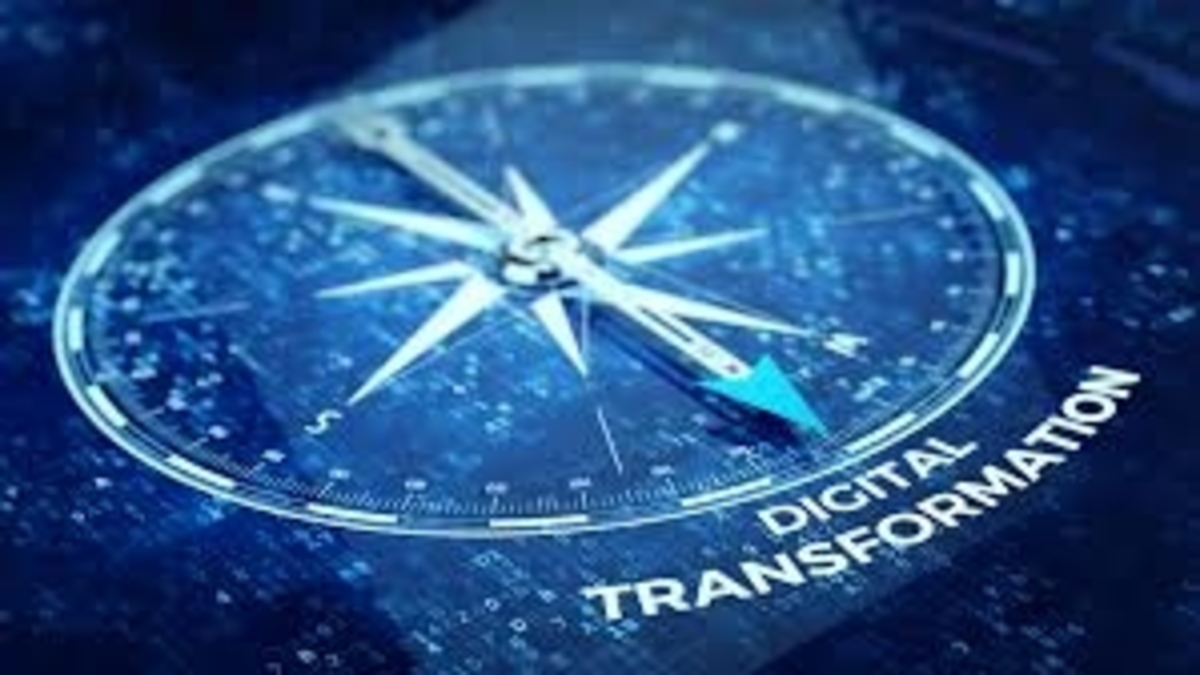India crossed a record 200 crore Covid-19 vaccinations on July 17,2022 within barely 18 months of launching this exercise on January 16,last year. It took almost 9 months to reach the 100 crore mark and another 9 months to reach the 200 crore vaccination mark,with the highest single day vaccination record of over 2.5 crore doses achieved on 17 September, 2021. The 200 crore mark is a stellar example of how Prime Minister Narendra Modi’s courage of conviction helped India achieve both the world’s largest and also the world’s fastest vaccination drive, despite unwanted and relentless criticism from an electorally debilitated Opposition. A seven-phase vaccination drive was followed by the Modi government on the principle of “Prioritization for Vaccine Administration”, based on scientific advice and global best practices.
On July 15,2022, the Modi government launched a 75 day long “Covid-19 Vaccination Amrit Mahotsav” to provide free precaution dose to all eligible adults at government run Covid-19 Vaccination Centers (CVCs). This special drive, part of the celebration for “Azadi ka Amrit Mahotsav”, is being implemented on a “mission mode” to increase uptake of precaution dose of the Covid-19 vaccine.
India laid out a well-organized communication strategy of providing correct information and customized guidelines on Covid-19 vaccination, at regular intervals. This helped address vaccine hesitancy and promoted vaccine eagerness and Covid-19 appropriate behaviour among the masses. The Modi government is committed to further accelerating the pace and expanding the scope of Covid-19 vaccination throughout the country.
Under Modi’s proactive and visionary leadership, India supported the research, development and manufacturing of Covid-19 vaccines under the “Make-in-India” and “Make-for-World” strategy, embarking on the use of cutting-edge technologies like CoWIN for evaluating geographical coverage, tracking AEFI for vaccines, promoting inclusivity and for providing a single reference point for citizens to follow their vaccination schedule. Several systematic interventions were also carried out in ensuring capacity building for carrying out this nationwide exercise. Existing supply chain for storage and transport of Covid-19 vaccines were leveraged and strengthened and effective monitoring of vaccine distribution and assured availability and efficient utilization of vaccines and syringes were ensured at all times. India’s free and voluntary nationwide Covid-19 vaccination exercise is also being carried out in a citizen friendly approach through initiatives like Har Ghar Dastak, Workplace CVC, school based vaccination, vaccination of persons with no identity documents, Near-to-Home CVC and Mobile Vaccination Teams. With 71% of CVCs located in rural areas and over 51% of vaccine doses administered to women, India’s Covid-9 vaccination programme also ensured geographical and gender equity.
India has since long surpassed entire Europe where the vaccination numbers stand at about 130 crore. India has not only administered 200 crore doses to its citizens but also exported over 23 crore vaccine doses to over 98 countries and still has nearly 10 crore doses in stock, implying that the country produced nearly 233 crore vaccine doses in the last 18 months, which is a remarkable achievement.Nearly 160 crore doses of Covishield, manufactured by the Serum Institute of India (SII), 33.5 crore doses of Covaxin, manufactured by Bharat Biotech and 6.5 crore doses of Corbevax, manufactured by Biological E, have been administered to adults and children and also as precaution doses. India’s accomplishment in developing not one but multiple vaccines for Covid-19, can be credited to several systemic interventions taken at the leadership level. India had crossed the 100 crore vaccination mark on 21 October 2021, nine months after the PM had kicked off the vaccination drive on January 16, 2021. India had reached the 150 crore vaccination mark on January 7 this year and 175 crore mark on February 19 this year.
The record of 200 crore, has been achieved through increased frequency of vaccine supplies with reduced quantity of vaccines in each tranche to minimize vaccine stock in pipeline and daily assessment of vaccination performance in each State and UT and its comparison with the available stocks, to identify the next delivery timeline for that State and UT. India has also managed to minimize wastage through regular reviews and has followed the mantra of “efficient utilization of each dose of vaccine”. Around 213.5 crore vaccine syringes were mobilised for the vaccination programme and amidst a global scarcity of syringes, existing 1ml and 2ml syringes were marked with 0.5ml, to be utilized for Covid-19 vaccination. Special training of vaccinators was conducted for efficient utilization of 1ml, 2ml and 3ml syringes. India tailored its vaccine distribution based on real-time monitoring of demand and supply, regular review of production capacity of vaccine manufacturers and steady release of regulatory approvals for release of manufactured batches.
Over 2.6 lakh vaccinators and over 4.7 lakh vaccination team members carried out the exercise at more than 4.7 lakh government facilities and 22,000 private facilities. A close collaboration was done between the ministries of Health and Civil Aviation, state governments and vaccine manufacturers, for delivery of Covid-19 vaccines to over 60 consignee points across the country, within three three days of it leaving the factory.
A real-time temperature monitoring and stock visibility across all the stores through Electronic Vaccine Intelligence Network (eVIN) was done to leverage the existing robust immunization supply chain. More than 29,000 last mile cold chain points (CCPs) were used in addition to 26,000 Ice Lined Refrigerators (ILFs) and deep freezers made available in 2020-21.India accounts for nearly 17.5% of the world population, including 949 million adults and hence vaccinating all of them in a voluntary drive was a humongous task. And yet, thanks to the courage of conviction of Prime Minister Modi, India showed to the world how it is done. India acted early in its response mechanism to the pandemic in forming a high-level task force for Covid-19 vaccine as early as April 19, 2020 and approving Covishield and Covaxin for restricted emergency use on January 1 and 2, respectively, in 2021. The production capacity was ramped up through facility augmentation, technology transfer, financial assistance and advance payments to vaccine manufacturers.
India adopted the mantra of a seven-phase vaccination drive following “prioritization of vaccine administration” based on scientific evidence and global best practices. In Phase 1, between January and February 2021, the vaccination drive was first opened up for healthcare workers and front line workers.
In Phase 2, between March and April 2021, vaccination was opened for those aged above 60 and between 45-59 age group. In Phase 3 in May last year, persons above 18 years of age were offered vaccination in private sector and in Phase 4 in June last year, the vaccination was opened for free for all above 18 years of age. In Phase 5, from January this year, India opened vaccination for adolescents aged 15-18 and then precaution doses were offered for healthcare workers, front line workers and those above the 60 year age group with co-morbidities. In Phase 6, from this March, vaccination was opened for children between 12 and 14 years of age and precaution doses were opened for all adults above 60 years of age. In the ongoing Phase 7 from April this year, precaution doses have been offered for 18-59 years’ age group as a paid facility in private hospitals, while on July 15 this year, precaution doses were opened for free for all persons above 18 years of age in all government facilities. India, in fact, expects to hit the 250 crore vaccination mark in the next 5-6 months on the back of the precaution dose drive, for all adults started on July 15.
Another hero of the vaccination drive has been the CoWin portal that has provided a reference point post the first dose for citizens to follow the vaccination schedule and get the second dose. The CoWin portal has also enabled multiple modes of registration in offline walk-ins, online and assisted through help centers and call centers, thereby ensuring access for all.
The portal has also helped the government to evaluate the geographical coverage of the vaccination drive and get a view of each district, at the State level. From “Taali, Thaali, Janata Curfew to Jan Bhagidaari”, Prime Minister Narendra Modi ran the world’s largest vaccination drive by putting his political and personal credibility to test and needless to say, he emerged unscathed and stronger than ever before.
The Modi government’s CoWIN (Covid Vaccine Intelligence Network) app, is owned by the Ministry of Health and Family welfare and was earlier the platform used for conducting Pulse Polio and other crucial and highly successful immunization programmes across the country. The same platform was expanded for doling out Covid-19 vaccines and the ministry of Electronics and IT along with the National Informatics Center are now handling the backend and the tech infrastructure for it. CoWIN, is again an example of how the Modi government has seamlessly embraced technology, to ensure last mile delivery. Needless to add, in the final analysis, Modi’s “Make in India” model runs high on both the growth and humanitarian quotients whereas Xi’s “Make in China”, lacks the emotional quotient that separates a robotic, authoritarian regime, from an aspirational India, helmed by a “karmayogi” like Modi, who leads by example, never playing on the backfoot and always keeping the nation first, above everything else. Covid-19, which is still unfolding in many parts of the globe, will also be remembered for the global outreach by the Indian political diaspora, which has shown to the world, how a responsive and nimble footed government can tackle any emergency, with the right mindset.
In the final analysis, it can be said with no “ifs” and “buts” whatsoever, that the Indian response to the Coronavirus pandemic has been awe inspiring at various levels. While the US and Europe are dealing with endless queues of people still lining up at malls and stores that have run out of toilet paper and hand sanitizers, India’s calibrated approach by the government, without causing panic, has had a salubrious impact. Also, don’t forget, while India reported its first case only on January 30, 2020,it had started screening incoming passengers from affected countries, via infrared thermometers, from January 7, 2020,itself.
By 27 October 2021, India had cumulatively administered over 103.53 crore doses, with 77% of the population getting the first jab and at least 32% of the population getting both the jabs. The CoWIN app played a significant role in the vaccination drive.The day CoWIN became open to registrations for those in the 18-45 year age group, in April 2021,it got hits at the rate of roughly 55,000 per second and the app has never looked back since then.
“It has been a truly bhagirath effort involving multiple sections of society. To get a sense of the scale, assume that each vaccination took just two minutes for a healthcare worker. At this rate, it took around 41 lakh man-days or approximately 11,000 man-years of effort to reach this landmark,” said Prime Minister Modi, after India breached the 100 crore mark, during the vaccination drive, last October. Take the case of the Arogya Setu app for example. Over 75 million or 7.5 crore downloads of this happened in the first 18 days of its launch, alone.
Good governance is not fire-fighting or crisis-management. Instead of opting for ad-hoc solutions, the need of the hour should be to tackle the root cause of the problems and that is exactly what PM Modi did. Undoubtedly, India’s outstanding and successful war against Covid will go down in history as a textbook case of what a sensitive and nimble footed leadership can accomplish and how “Make in India” with Modi at the helm, saved millions globally,from a pandemic that took down even mighty nations like the USA. Speaking of healthcare, the third Covid-19 vaccine for children obtained the Indian drug regulator’s nod, in February 2022. Biological E’s (BE) receptor binding domain (RBD) protein subunit vaccine against Covid-19 has been granted an emergency use authorisation (EUA) from the Drugs Controller General of India (DCGI). Cadila Healthcare’s ZyCoV-D and Bharat Biotech’s Covaxin are two vaccines that have already been approved in this category. Covaxin, made by Bharat Biotech, has also been granted emergency use permission for the 6-12 age group, Health Minister Mansukh Mandaviya tweeted few weeks back. Covaxin is already administered to children aged 12-18 and adults.Two other vaccines have also been given emergency approval, namely Corbevax for children aged 5-12 and Zydus’s two-dose jab for children above 12.Corbevax is also currently being administered to children in the 12-14 age group.The Centre also began administering ZyCoV-D in adults sometime back. ZyCoV-D, the world’s first needle free, plasmid, DNA based vaccine, indigenously developed in India, will only strengthen India’s healthcare foot-print, going forward. It should be noted here that the emergency-use nod does not mean India will immediately start vaccinating children younger than 12 .That can only begin once the National Technical Advisory Group on Immunisation, gives a green signal.
While Corbevax got EUA approval for those in 12-18 years only a few months back, Corbevax was already approved for adults much earlier and the Health Ministry had placed advanced orders for 300 million doses last year for Corbevax, in a healthy sign of proactivity. The Corbevax vaccine is administered through an intramuscular route with two doses scheduled 28 days apart and is stored at 2 to 8 degrees’ Celsius temperature. Dr. NK Arora, Chairman, India’s Covid-19 Working group of National Technical Advisory Group on Immunisation (NTAGI), had earlier said that Corbevax is safe and offers good immunogenicity and higher antibody levels than some other vector vaccines. Moot point is, India is the only country in the world to not only successfully undertake the world’s largest, safest and fastest vaccination drive, but is also home to three homegrown vaccines for children, which speaks volumes about PM Modi’s Make in India push, among other things.
With over 200 crore Covid doses administered till date, with over 5.64 crore precaution doses given,with over 87 crore Covid tests done, with an active caseload of just 0.33% and a solid recovery rate of 98.47%, Prime Minister Narendra Modi has showcased in more ways than one, how undeterred, political conviction can make even seemingly challenging tasks, so seamlessly smooth.
“One India, One Health” under the Modi government is a unique example of how technology and traditional health apparatus can harmoniously blend, to deliver state of the art medicinal solutions, to the largest number at the lowest cost. With the 200 crore vaccination mark crossed, India under Modi has not only added a whole new dimension to the concept of Atmanirbhar Bharat but showcased to the world how deft leadership, is what crisis management is all about.
Oliver Napoleon Hill famously said, “The successful leader must plan his work and work his plan”. Needless to add, PM Modi has done both, with equal finesse.
Sanju Verma is an Economist, National Spokesperson of the BJP and the Bestselling Author of ‘The Modi Gambit’.


 Opinion3 years ago
Opinion3 years ago
 Entertainment8 years ago
Entertainment8 years ago
 Entertainment8 years ago
Entertainment8 years ago
 Fashion8 years ago
Fashion8 years ago
 Opinion4 years ago
Opinion4 years ago
 Entertainment8 years ago
Entertainment8 years ago
 Politics8 years ago
Politics8 years ago
 Entertainment8 years ago
Entertainment8 years ago
